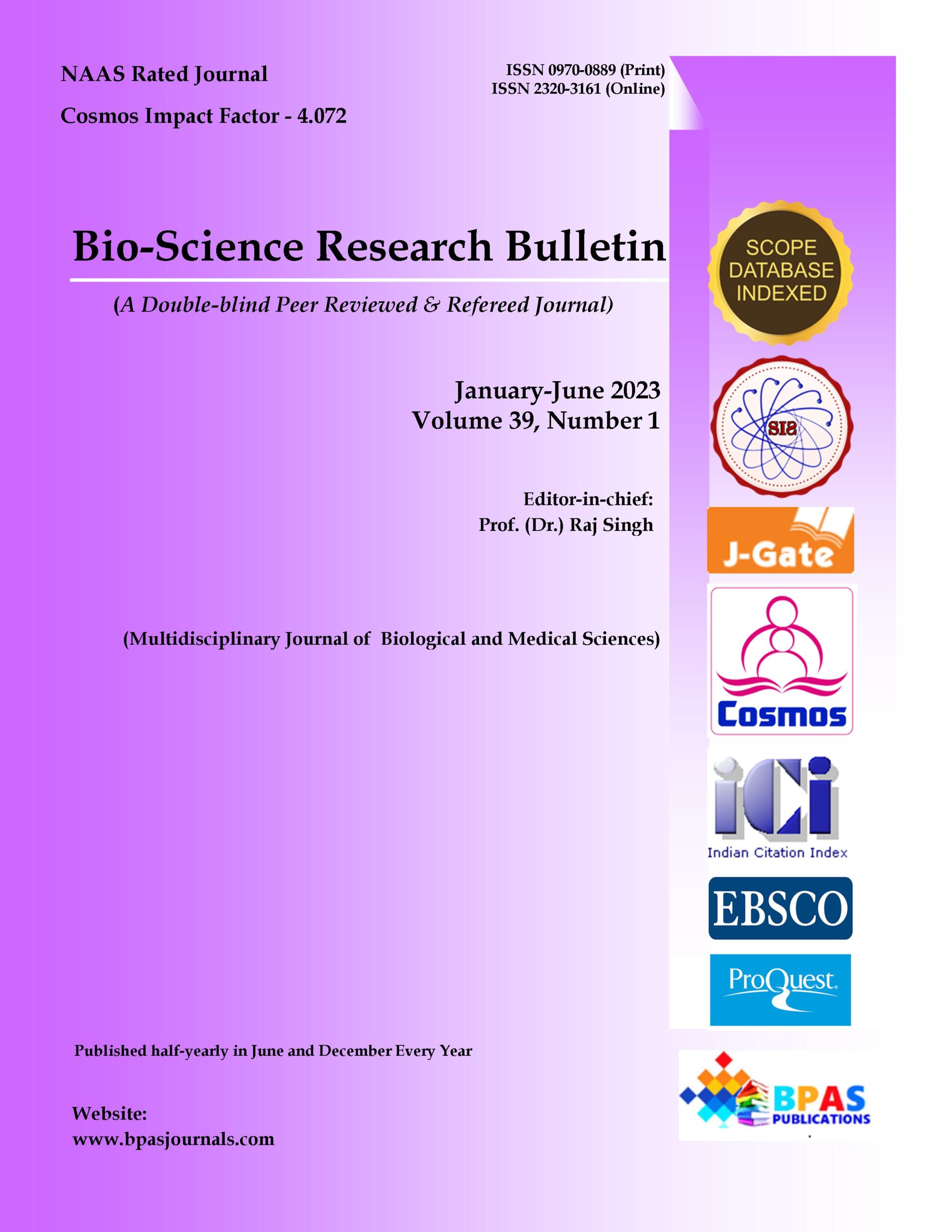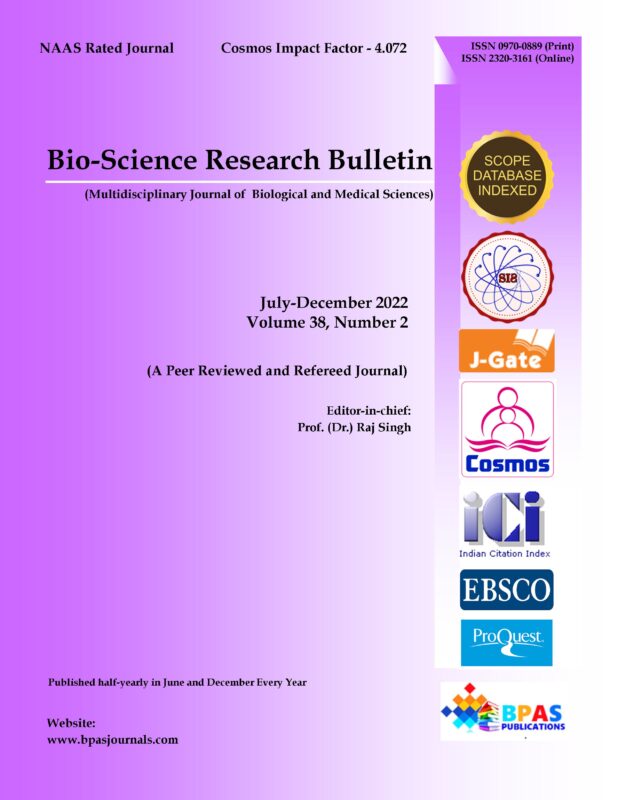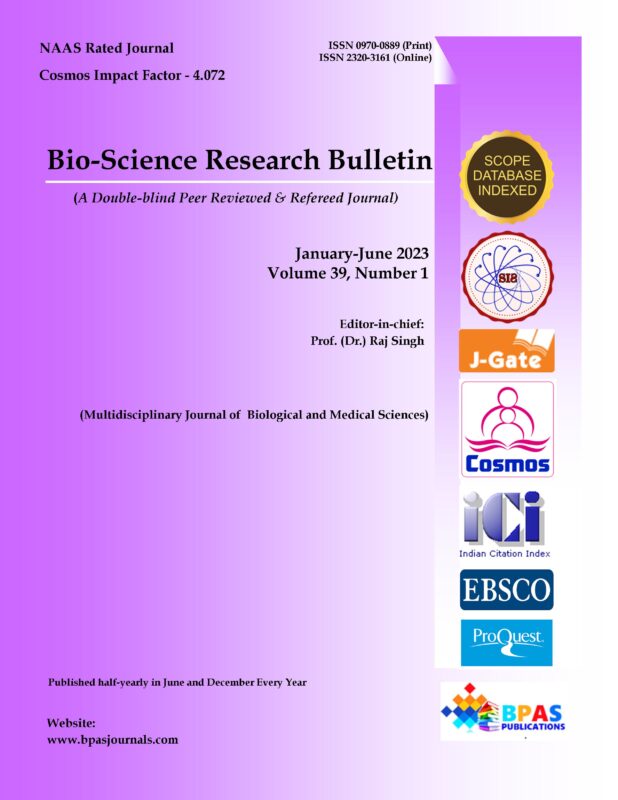Antidiabetic Efficacy of Citrullus colocynthis and Citrullus lanatus: A Review
9.38$
Antidiabetic Efficacy of Citrullus colocynthis and Citrullus lanatus: A Review
1Aderiike Adewumi, 2Rufus Animashaun, 3Oluwapelumi Micheal Ajiboye*, and 4Kayode Olusola Ogunwenmo
| Bio-Science Research Bulletin
Volume 39, Number 1 January-June 2023: P.39-51 DOI: 10.48165/bpas.2023.39.1.6 |
| Review Article |
Description
Antidiabetic Efficacy of Citrullus colocynthis and Citrullus lanatus: A Review
1Aderiike Adewumi, 2Rufus Animashaun, 3Oluwapelumi Micheal Ajiboye*, and 4Kayode Olusola Ogunwenmo
Author’s Affiliation:
1Department of Basic Science, School of Sciences and Technology, Babcock University, Ilishan-Remo, Ogun State, Nigeria
E-mail: adewumia@babcock.edu.ng
2Department of Basic Science, School of Sciences and Technology, Babcock University, Ilishan-Remo, Ogun State, Nigeria
E-mail: animashaunr@babcock.edu.n
3Department of Basic Science, School of Sciences and Technology, Babcock University, Ilishan-Remo, Ogun State, Nigeria
E-mail: oluwapelumiajii@gmail.com
4Department of Basic Science, School of Sciences and Technology, Babcock University, Ilishan-Remo, Ogun State, Nigeria
E-mail: ogunwenmok@babcock.edu.ng
*Corresponding Author:
Oluwapelumi Micheal Ajiboye
Department of Basic Science, School of Sciences and Technology, Babcock University, Ilishan-Remo, Ogun State, Nigeria
E-mail: oluwapelumiajii@gmail.com
Received on 20.01.2023
Revised on 23.03.2023
Approved on 17.05.2023
Accepted on 27.05.2023
Published on 19.06.2023



